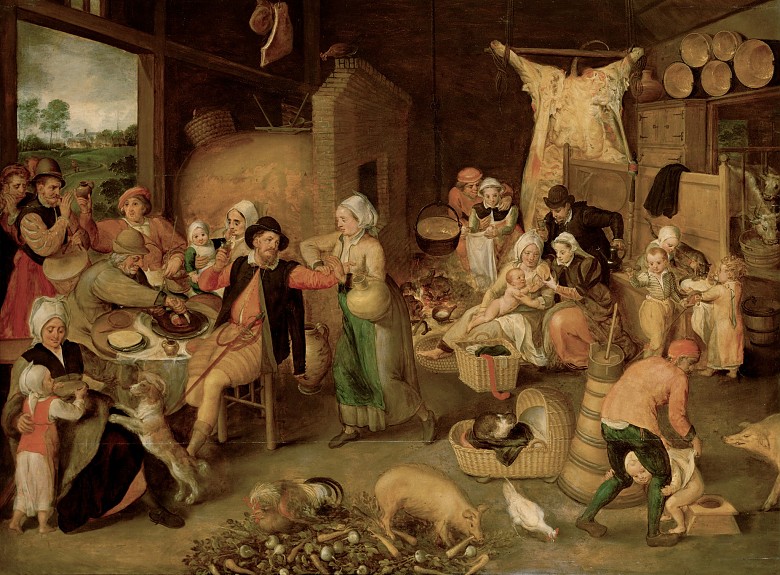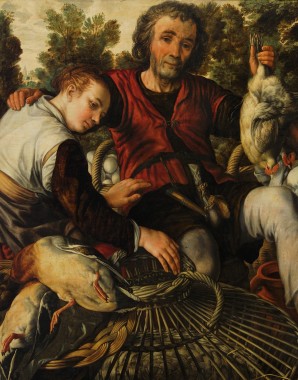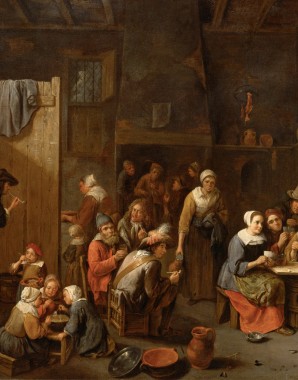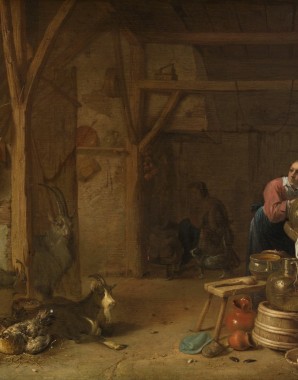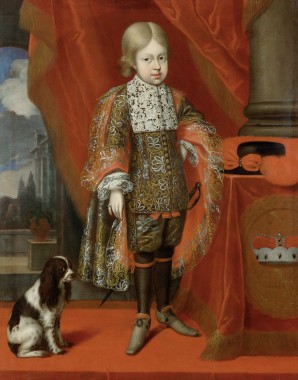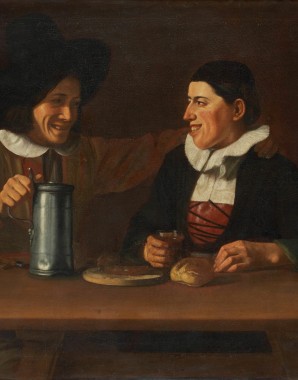The ‘Household-Family’ – Living and Working Together
The term ‘ganzes Haus’ (lit.: the whole house, i.e., household-family) refers to a particular form of communal family life. This working and living community consisted of the parents with their children, grandparents, maidservants and female and male farmhands as well as other menial staff, who all lived together under a single roof and accomplished the daily round of tasks together. The married master of the house was not only the head of the household-family; he was also the only individual in the household regarded as a full member of the feudal, estates-based society. Thus, the organization of this collective enterprise reflected in microcosm the system of power in which both State and Church were steadily increasing their influence.
